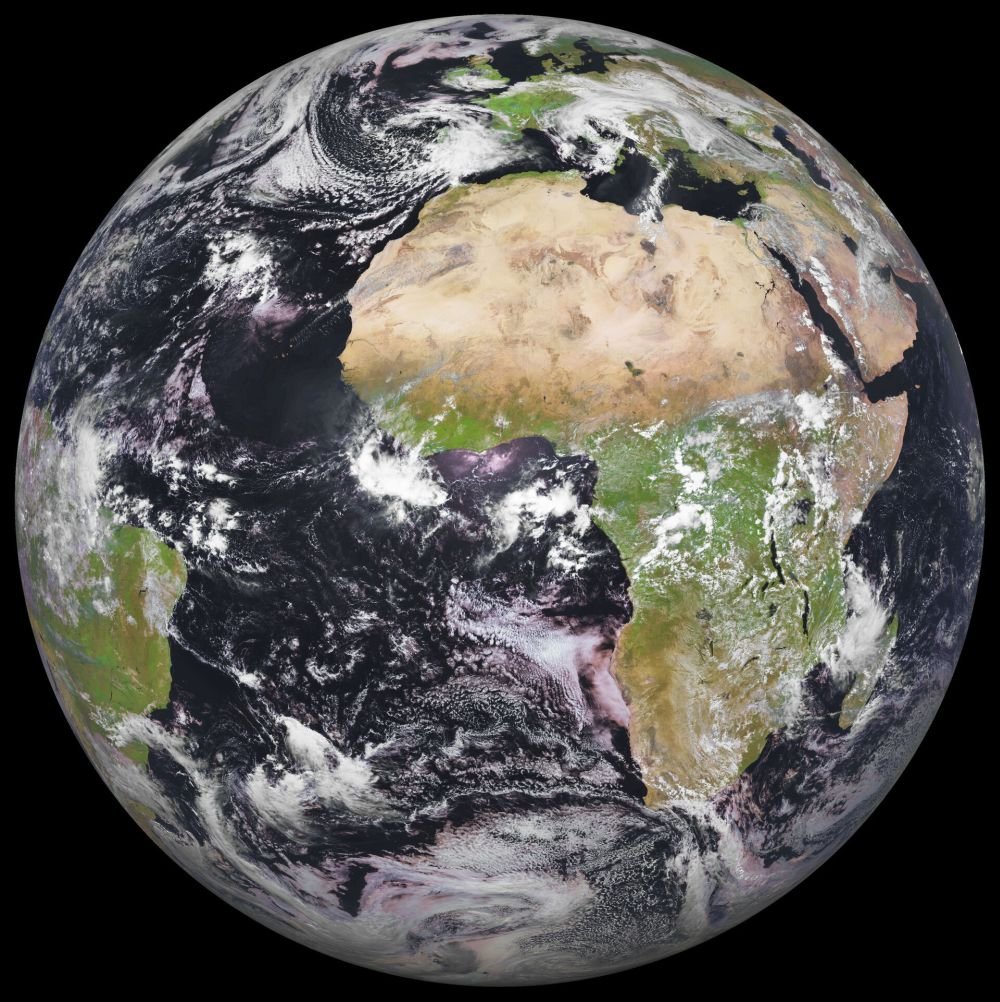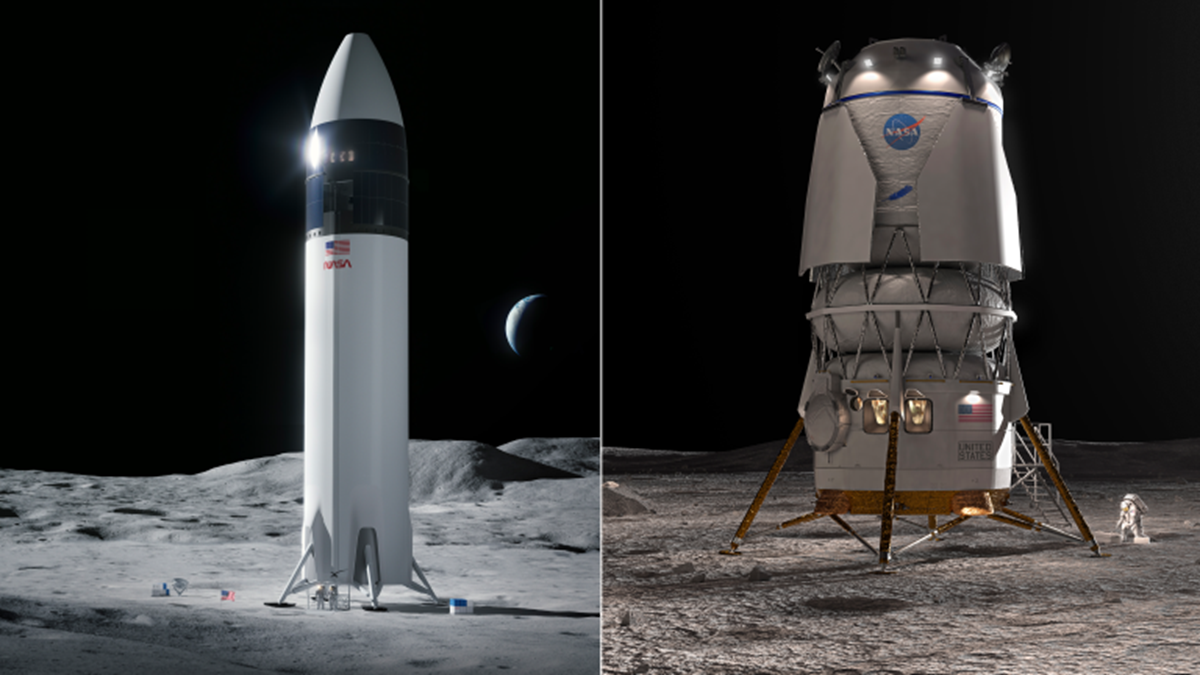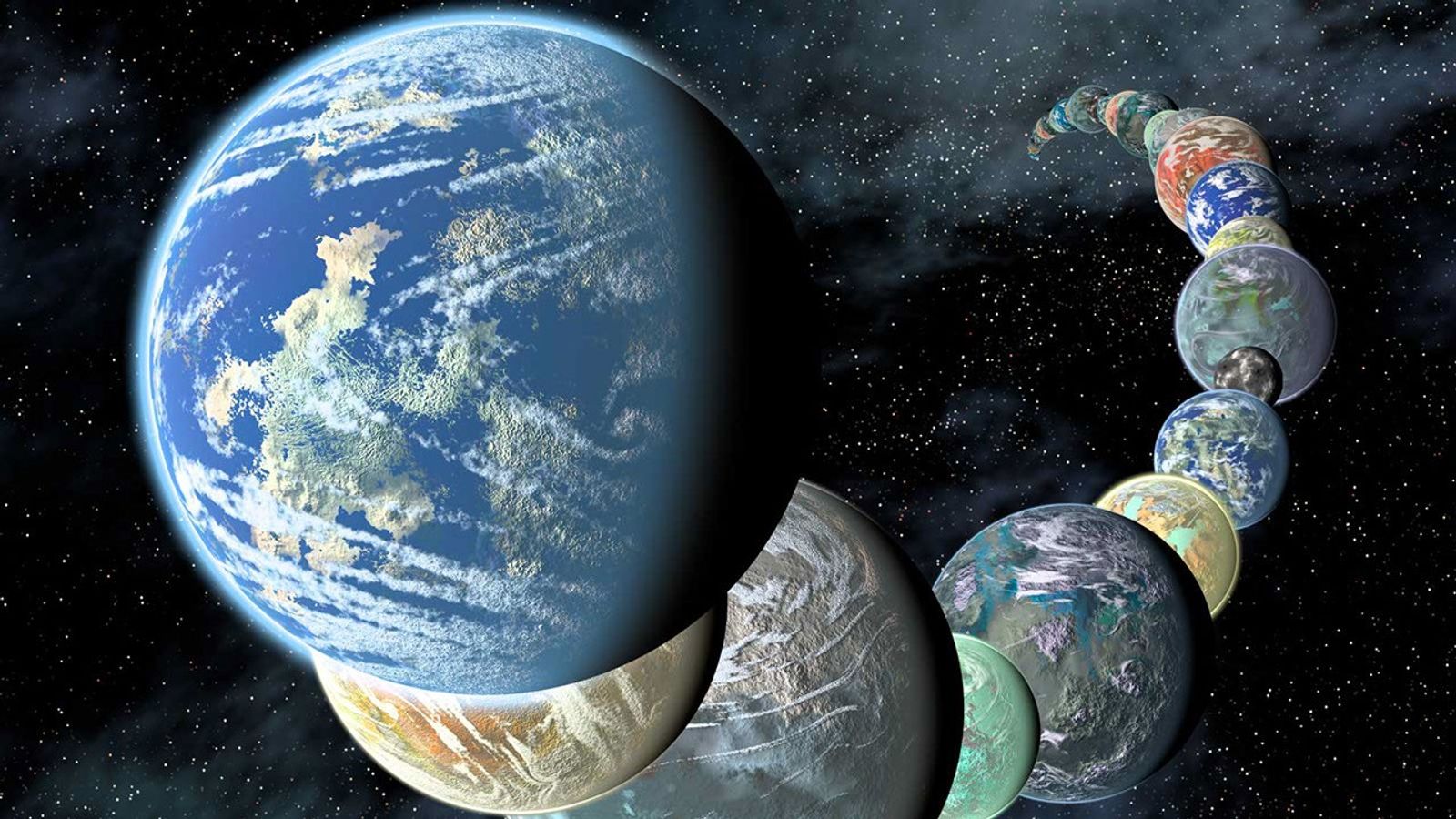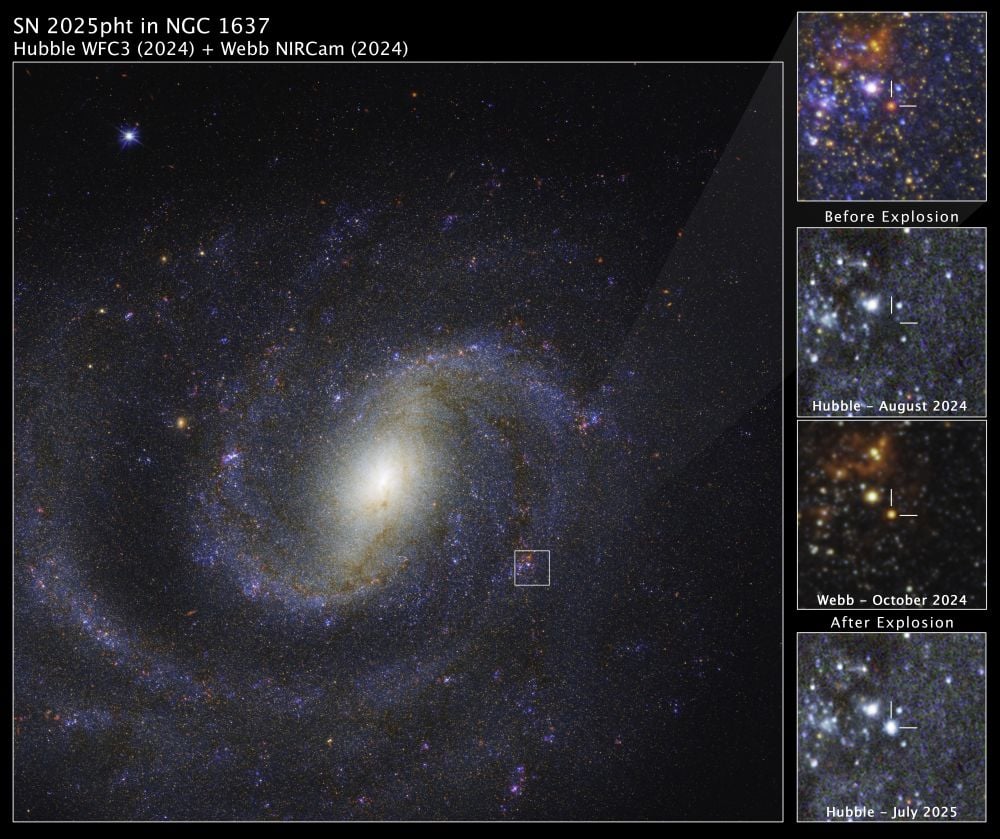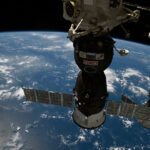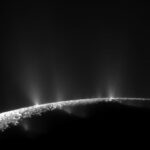An international team of astronomers has created the first-ever large-scale maps of a mysterious form of matter, known as CO-dark molecular gas, in one of our Milky Way’s most active
A new study has revealed how phosphorus, a nutrient essential for photosynthesis, surged into ancient oceans and started Earth’s first major rise in atmospheric oxygen more than 2 billion years
A new dataset from the Green Bank Telescope (GBT) is now publicly available, opening the door for scientists worldwide to make discoveries in one of the richest molecular clouds in
From dew at dawn to a foggy mirror after a shower, condensation is part of our daily lives on Earth. In space, microgravity alters how heat flows through gases and
Acting NASA chief Sean Duffy announces that NASA’s plan to land astronauts on the Moon by 2027 is no longer achievable and announces new competitions to develop a lunar lander.
Using high-resolution data from the one-meter New Vacuum Solar Telescope (NVST), a research team led by Prof. Yan Xiaoli from the Yunnan Observatories of the Chinese Academy of Sciences (CAS)
The chemistry of a galaxy changes over time as generations of stars live and die, spreading the results of their nucleosynthesis out into space. But stars with different masses produce
New research from Rice University suggests that the giant planet Jupiter reshaped the early solar system in dramatic ways, carving out rings and gaps that ultimately explain one of the
Every year, we shoot several thousand satellites and other objects out into space. When satellites die, they become space trash that threatens aerospace safety.
Astronomers working with the JWST, along with help from the Hubble, have found a red supergiant star that eventually exploded as a supernova. The discovery helps solve the ‘red supergiant
-
 012024 in Review: Highlights from NASA in Silicon Valley
012024 in Review: Highlights from NASA in Silicon Valley -
 02Panasonic Leica Summilux DG 15mm f/1.7 ASPH review
02Panasonic Leica Summilux DG 15mm f/1.7 ASPH review -
 03How New NASA, India Earth Satellite NISAR Will See Earth
03How New NASA, India Earth Satellite NISAR Will See Earth -
 04And Thus Begins A New Year For Life On Earth
04And Thus Begins A New Year For Life On Earth -
 05Astronomy Activation Ambassadors: A New Era
05Astronomy Activation Ambassadors: A New Era -
06SpaceX launch surge helps set new global launch record in 2024
-
 07Space Force plans new ‘Futures Command’ amid pressure to speed up modernization
07Space Force plans new ‘Futures Command’ amid pressure to speed up modernization


